It's not pretty, but this is how I did it granted you have this option installed on your SQL 2008 R2 install..
1) Right click database in SQL Server 2008 R2 "Tasks".. "Generate scripts" in the wizard, select the entire database and objects in first step. On the "Set Scripting Options" step you should see a button "Advanced" , select this and make sure you select "Script for Server Version" = SQL Server 2008" not R2 version.
This is a crucial step, because "import data" by itself does not bring along all the primary keys, constriants and any other objects like stored procedures."
2) Run the SQL script generated on the new install or database instance SQL Express or SQL Server 2008 using the query window or open saved .sql script and execute and you should see the new database.
3) Now right click on the new database and select "Tasks".. "Import Data.." choose source as the R2 database and the destination as the new database. "Copy data from one or more tables or views", select the top checkbox to select all tables and then next step, run the package and you should have everything on a older version. This should work for going back to a 2005 version as well. Hope this helps someone out.

